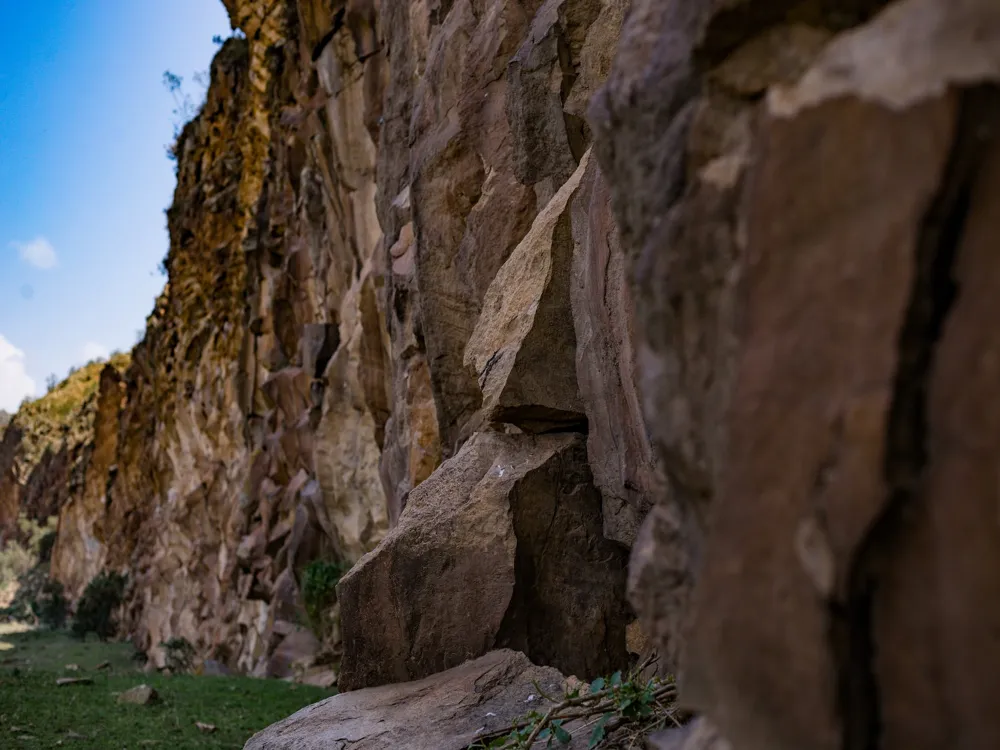The National Archives of Nairobi, a monumental institution in Kenya's capital, stands as a repository of the nation’s rich heritage and history. Established in the late 20th century, this archive serves not just as a storage site for historical documents, but as a symbol of Kenya's journey through time. Housing an extensive collection of documents, photographs, and artifacts, the National Archives offers a unique glimpse into Kenya's past, including its pre-colonial, colonial, and post-independence eras. It plays a pivotal role in preserving the cultural and historical narratives of the nation, ensuring that future generations have access to their rich heritage. The Archives also act as a research hub, attracting scholars, students, and history enthusiasts from all over the globe. The architecture of the National Archives of Nairobi is a masterpiece that blends modern design with traditional African motifs. The building itself is a significant part of Nairobi’s architectural landscape, reflecting the country's cultural and historical journey. Designed by a renowned architect, it features a blend of contemporary and traditional African architectural elements. The facade is adorned with intricate artworks and sculptures that depict various aspects of Kenyan culture and history. The interior of the building is equally impressive, with spacious halls, well-organized document storage areas, and state-of-the-art preservation facilities. The design ensures optimal preservation conditions for the valuable artifacts and documents housed within, while also providing an aesthetically pleasing and welcoming environment for visitors. When planning a visit to the National Archives of Nairobi, it's important to check the opening hours and any special guidelines or events. It's recommended to allocate sufficient time for your visit, as the archives offer a vast array of exhibits and documents to explore. Consider booking a guided tour for a more informative experience. Knowledgeable guides provide insights into the exhibits and the history of the archives, enhancing your understanding and appreciation of the collections. If visiting for research, it's advisable to contact the archives in advance to make necessary arrangements. The staff can assist in locating specific documents or artifacts, saving time and ensuring a productive visit. Be aware of the photography rules within the archives. While personal photography may be allowed in some areas, it's important to respect any restrictions, especially in areas containing sensitive or valuable documents. As a visitor, it's crucial to respect the environment of the archives. This includes handling documents and exhibits with care, maintaining silence in designated areas, and following any other guidelines set by the institution. The National Archives of Nairobi is centrally located and easily accessible by various means of transport. For those using public transport, numerous bus routes pass near the archives. For visitors preferring private transportation, there are ample parking facilities in the vicinity. Additionally, the location is well-served by taxis and ride-sharing services. It's advisable to check the latest traffic updates and plan your journey accordingly to avoid any inconveniences. Read More:Overview of National Archives of Nairobi
Architecture of National Archives
Tips When Visiting National Archives
Planning Your Visit
Guided Tours
Research Purposes
Photography Rules
Respect the Environment
How To Reach National Archives
National Archives
Nairobi
₹ 62,783 onwards
View nairobi Packages
Weather :
Tags : Museum
Timings : Monday-Friday: 8.30AM-5PM; Saturday: 8.30AM-1PM
Entry Fee : Free
Planning a Trip? Ask Your Question
Nairobi Travel Packages
View All Packages For Nairobi
Top Hotel Collections for Nairobi

Private Pool

Luxury Hotels

5-Star Hotels

Pet Friendly
Top Hotels Near Nairobi
Other Top Ranking Places In Nairobi
View All Places To Visit In nairobi
View nairobi Packages
Weather :
Tags : Museum
Timings : Monday-Friday: 8.30AM-5PM; Saturday: 8.30AM-1PM
Entry Fee : Free
Planning a Trip? Ask Your Question
Nairobi Travel Packages
View All Packages For Nairobi
Top Hotel Collections for Nairobi

Private Pool

Luxury Hotels

5-Star Hotels

Pet Friendly






















